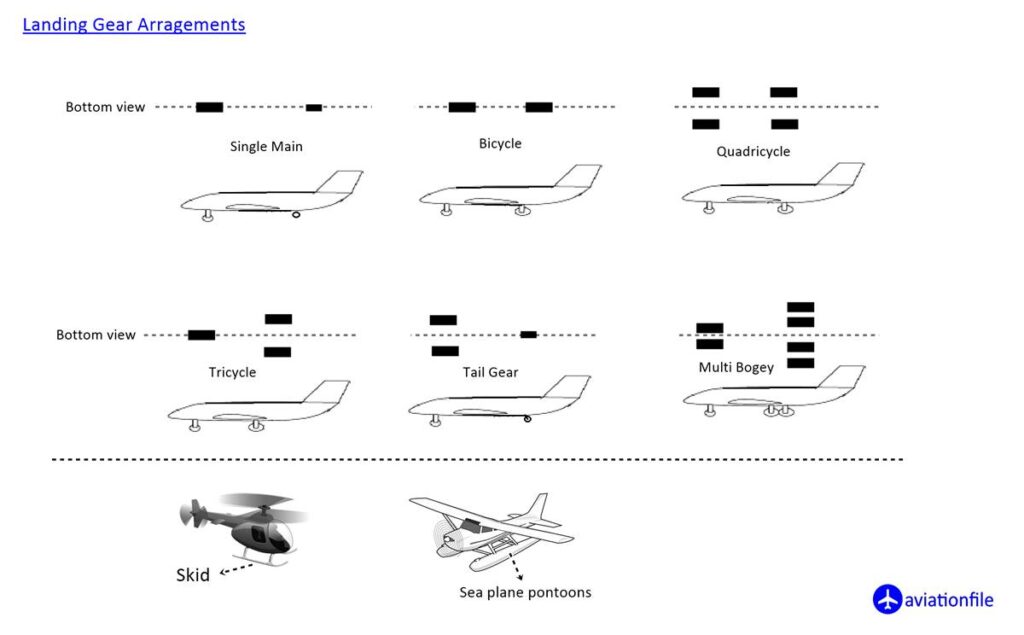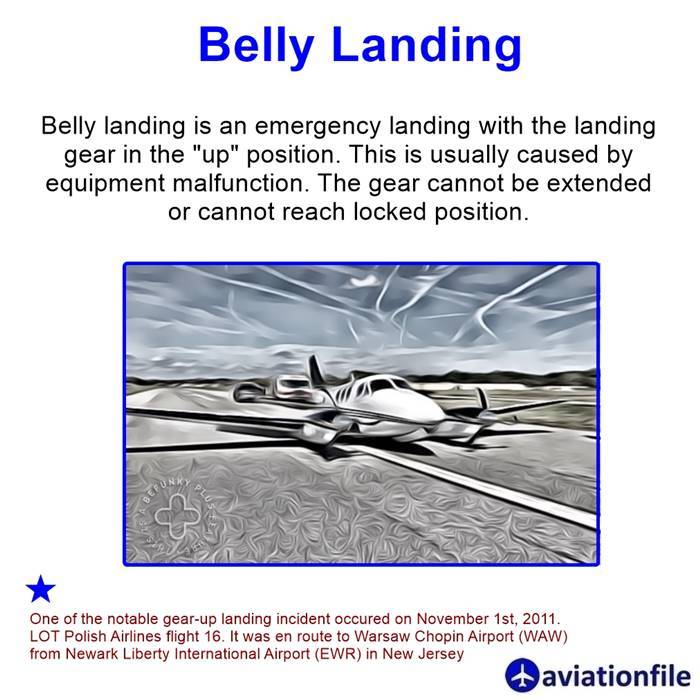Belly Landing: A Delicate Dance Between Skill and Safety
Belly landing, also known as gear-up landing, is an emergency landing technique in which an aircraft lands without extending its landing gear. It is a last resort option for pilots. They use BL when they are unable to deploy the landing gear due to technical or mechanical failure. However, belly landings come with significant risks, and the management of the landing requires careful planning and execution.
Unveiling the Culprits: Causes of Belly Landings
- Mechanical Malfunction: This is the most frequent culprit, encompassing issues like hydraulic system failures, electrical component malfunctions, or landing gear system breakdowns. These can prevent the gear from deploying or retracting properly.
- Human Error: Even the most seasoned pilots are susceptible to mistakes. Miscalculations during landing procedures, forgetting to lower the landing gear due to stress or distraction, or improper handling of landing gear malfunctions can all contribute to a belly landing.
- Environmental Adversaries: Unforeseen weather conditions, such as strong crosswinds or heavy turbulence, can disrupt the landing sequence and make it challenging to deploy the landing gear safely. Additionally, runway contamination with ice, snow, or debris can hinder proper gear extension.
- Aircraft Damage: Pre-existing damage to the landing gear itself or its control systems can render it inoperable, leading to a belly landing scenario. This damage could stem from prior incidents, wear and tear, or even bird strikes.

Risks of Belly Landing
Belly landings pose significant risks to both passengers and crew members. Some of the potential risks include:
Structural damage: Belly landing can cause significant damage to the aircraft, including the fuselage, engines, and wings.
Fire or explosion: Belly landing can create sparks or friction, which may result in a fire or explosion.
Injury to passengers and crew: The impact of the landing can cause significant injury to passengers and crew members, including broken bones and spinal injuries.
Management Methods
Managing a belly landing requires careful planning and execution. Here are some of the steps involved:
Alerting passengers and crew: The pilot should alert the passengers and crew members about the impending belly landing and instruct them on what to do.
Preparing the cabin: The cabin crew should secure loose items and prepare the cabin for impact.
Landing procedure: The pilot should carefully plan the landing trajectory and approach speed, taking into consideration the condition of the runway.
Emergency response: The pilot should initiate an emergency response as soon as possible after the landing, including evacuating the passengers and crew and alerting emergency services.

LOT Polish Airlines Flight 16 Belly Landing Incident (November 1, 2011)
On November 1, 2011, LOT Polish Airlines Flight 16, a Boeing 767, made a successful belly landing at Warsaw Chopin Airport after the landing gear failed to deploy due to hydraulic issues. The crew, after confirming the gear failure with fighter jets and dumping fuel, skillfully executed the emergency landing. Although the aircraft sustained significant damage, all 231 passengers and crew were safely evacuated with no injuries. The incident is often praised as an exemplary demonstration of crew resource management Wikipedia, Skybrary, Krakow Post.
Conclusion
While BL’s are undoubtedly serious events, it is crucial to remember that proper training, meticulous preparation, and quick decision-making by pilots can significantly improve the outcome for everyone involved. By understanding the causes, risks, and management methods associated with belly landings, we can appreciate the skill and dedication required from pilots to navigate such challenging situations.
References and Further Reading:
- “Belly Landing.” Wikipedia, Wikimedia Foundation, 29 Mar. 2022, en.wikipedia.org/wiki/Belly_landing.
- “Gear-up Landing.” SKYbrary, EUROCONTROL, 29 Mar. 2022, www.skybrary.aero/index.php/Gear-up_Landing.


